Featured Photo Above:
Combined 1903 World Series Photo: Pittsburgh Pirates and Boston Pilgrims
(Color Restoration by Chris Whitehouse of Mancave Pictures)
Baseball History Comes Alive Now Ranked As a Top Five Website by Feedspot Among All Baseball History Websites and Blogs!
(Check out Feedspot's list of the Top 35 Baseball History websites and blogs)

Guest Submissions from Our Readers Always Welcome! Click for details
Scroll Down to Read Today’s Essay
Subscribe to Baseball History Comes Alive for automatic updates. As a Free Bonus, you’ll get instant access to my Special Report: Gary’s Handy Dandy World Series Reference Guide!
“Norman Rockwell and Baseball” Photo Gallery
Click on any image below to see photos in full size and to start Photo Gallery:
Gee, Thanks Brooks!
Before we say our final goodbye to the great Brooks Robinson, who passed away last Tuesday at age 86, I thought it would be fitting to take a look at Norman Rockwell’s wonderful 1971 painting of Brooks signing an autograph for a young baseball fan. It was originally titled, “Gee, Thanks Brooks” and is among Mr. Rockwell’s most popular baseball paintings, along with “The Dugout” and The Three Umpires, both of which I’ve featured recently.
A little background: In 2015 Brooks opened up his trophy case to bidders at Heritage Auctions. The treasure trove from his long career included Gold Glove Awards, his 1964 MVP Award, a pair of World Series rings, and countless other valuable items. All the proceeds from the auction went to the Constance and Brooks Robinson Charitable Foundation.
Probably the most important item auctioned off was this painting, “Gee, Thanks Brooks.” The Hall of Fame third baseman had originally bought it himself at auction in 1994 for $200,000. That proved to be a very shrewd investment. I wasn’t able to find out how much it went for at the 2015 auction, but last year, a Rockwell painting featuring Ted Williams went for $22 million. So suffice it to say that this painting fetched a sizeable sum for the Robinson Foundation.
I read an interesting article today by Kevin Kernan posted on the Ballnine website. Two years ago, Kernan viewed the painting in person at the Norman Rockwell Museum in Stockbridge, Massachusetts, where it was displayed on loan from a private owner. The museum announced recently that the painting will be put back on display until October 29 as a way to honor Brooks at the time of his passing.
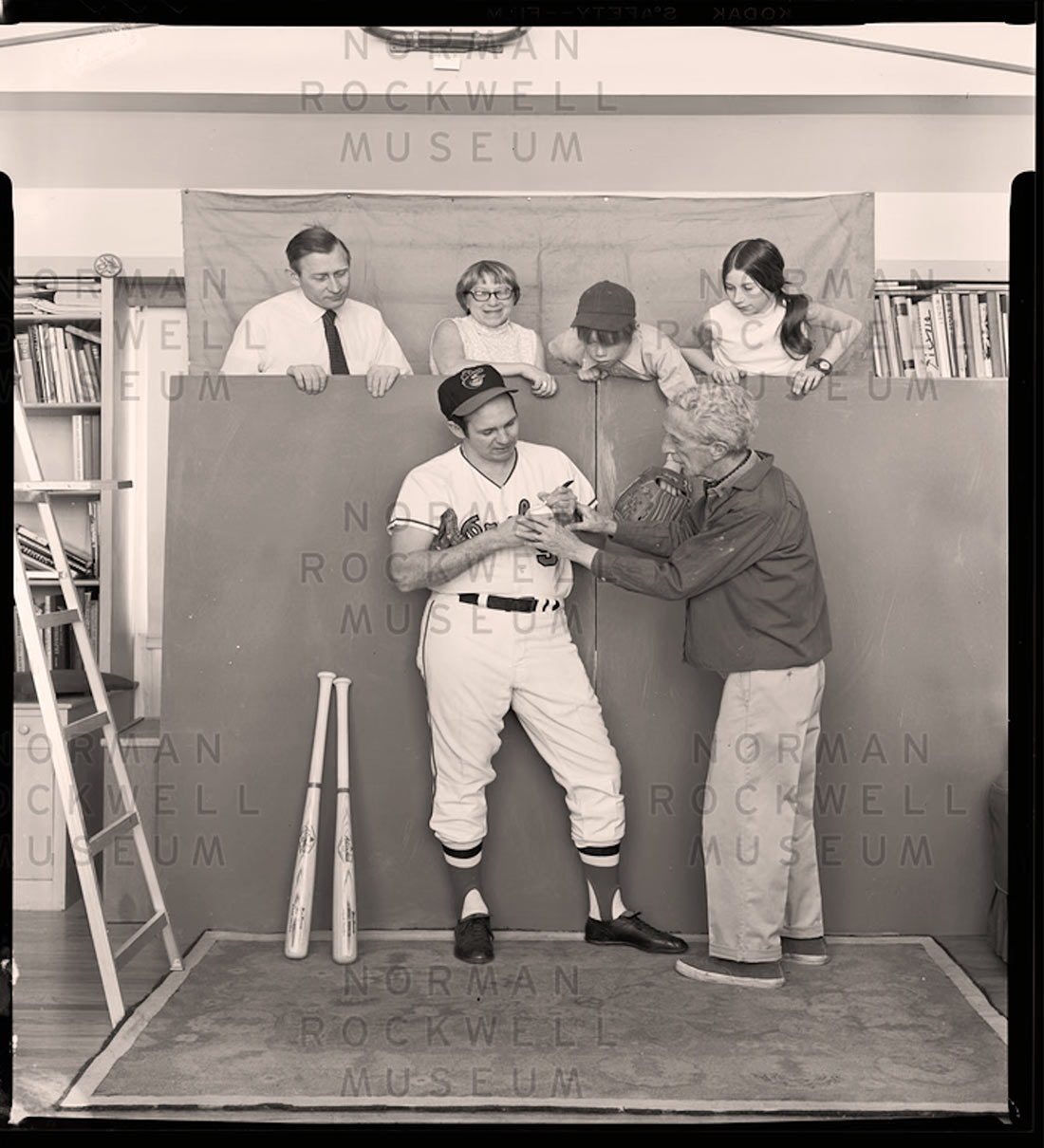
Kevin remembers that “the first thing you notice about the painting is its incredible detail.” He had some interesting observations about the painting:
- Brooks is depicted writing left-handed. This is accurate as he was a natural lefty, except in throwing and hitting.
- It’s the only Rockwell painting of an individual baseball player.
- Rockwell himself is in the painting. He’s the man on the right chomping on a cigar.
- There are about 11 different facial features (mostly of local Stockbrige neighbors of Rockwell) in the painting that are all different.
- The gentleman with his hand to the side of his face behind Brooks is Mr. Rockwell’s photographer, Louie Lamone.
- A local Stockbridge family, the Bergmans, are sitting in the front row, Henry and Sally Bergman and their children. Hank is getting the autograph and his sister Johanna is looking on, next to Rockwell.
- Details in the painting include: the hair on Brooks’ arms, the name “Rawlings” on his glove and on the tongue of his spikes, and the name “Adirondack” on his bats.
- In looking at this painting, “you can go back in time when players signed autographs like this and the fans were right on top of the player. And all the facial expressions are wonderful.”
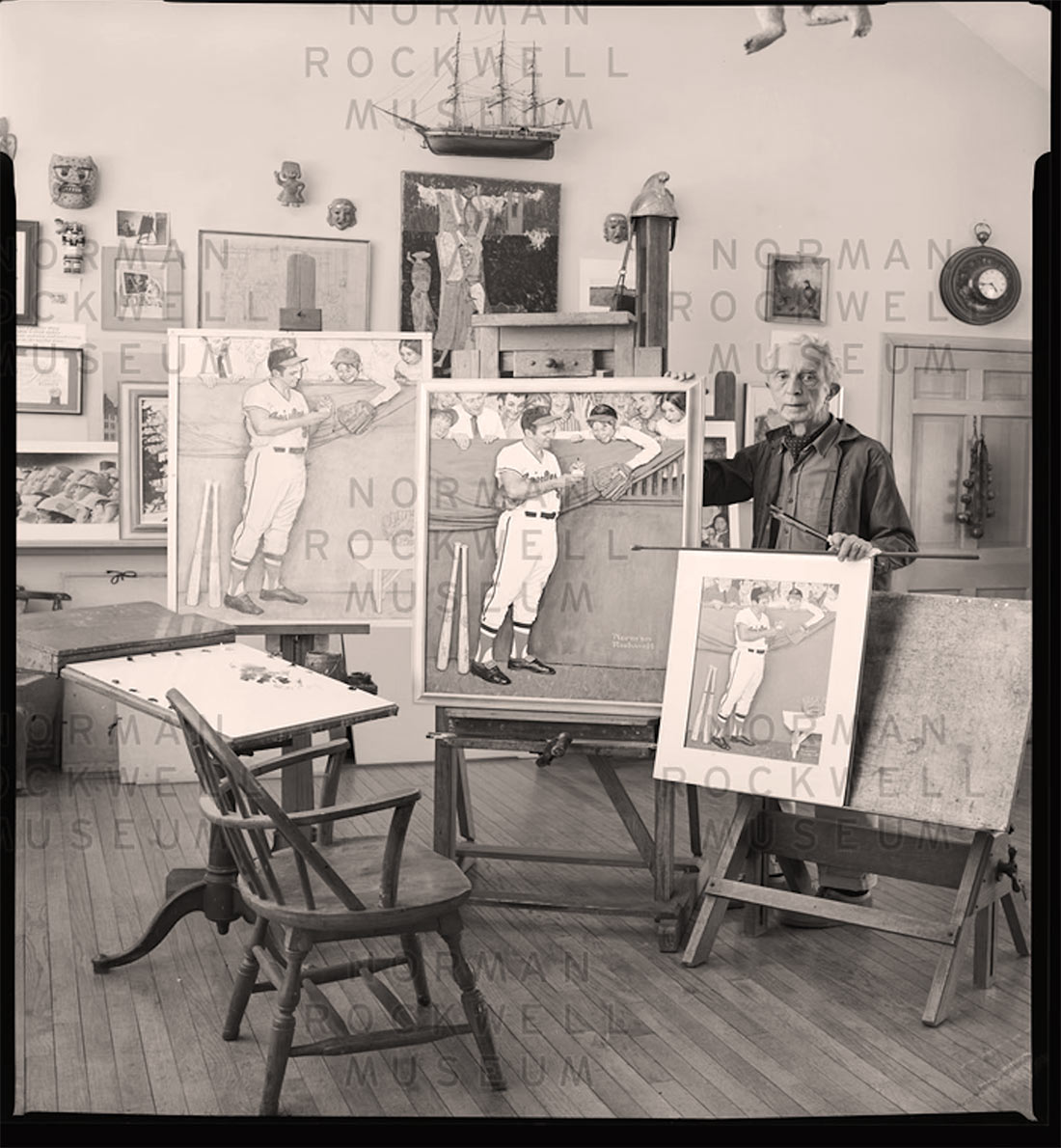
Norman Rockwell in his studio at the time of the Brooks Robinson painting
Kernan has a nice summation of what Brooks Robinson met to baseball and how fitting is this portrayal of him in Norman Rockwell’s masterpiece:
“Brooks Robinson didn’t just belong to Orioles fans, he belonged to all baseball fans because of the way he played the game – and as the painting showed, he really belonged to all the youngsters who wanted to be just like Brooks Robinson… Thinking back on that painting today, it says so much about where baseball once was, the special place it held in our hearts, the little things that made it America’s Game, and where the game is going today.”
Brooks Robinson has left us…and we may never see his likes again. We will always remember him fondly in this great painting.
Gary Livacari
Source: Quotes and background information from article on Ballnine website, October 2, 2023 by Kevin Kernan
Subscribe to our website, Baseball History Comes Alive with over 1400 fully categorized baseball essays and photo galleries, now surpassing the one million hits mark with 1, 085,000 hits and over 900 subscribers: https://wp.me/P7a04E-2he
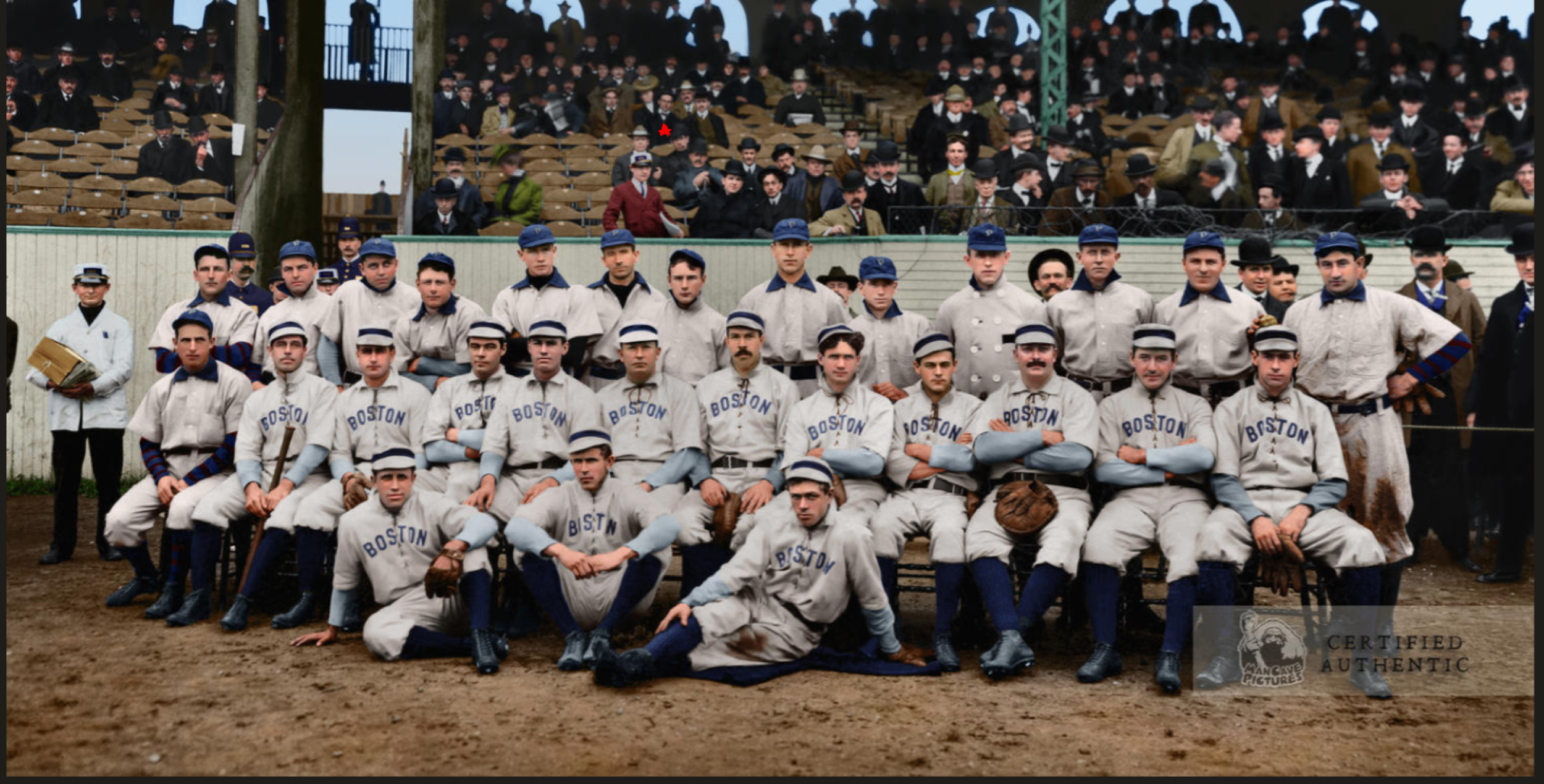
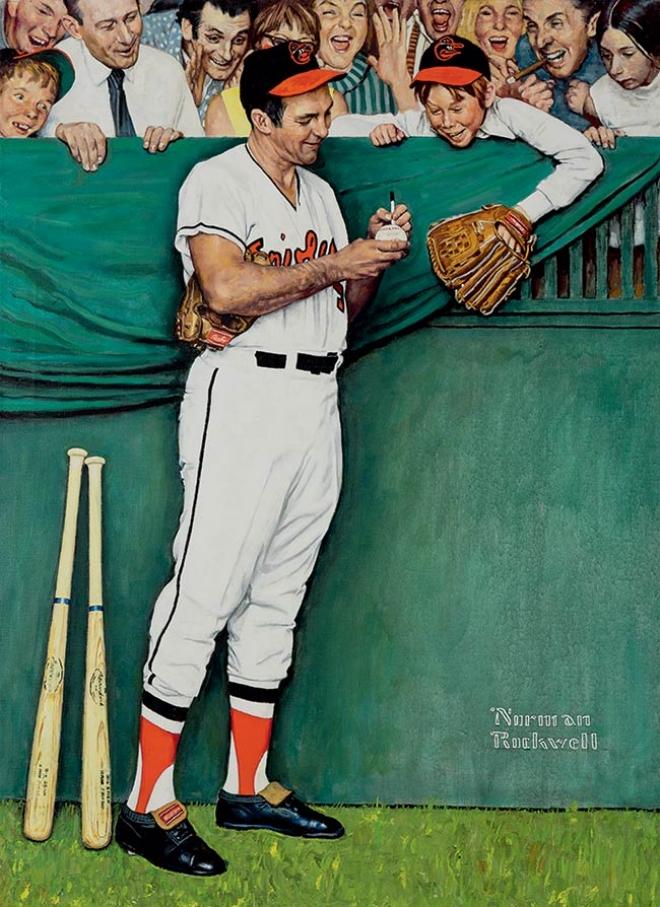
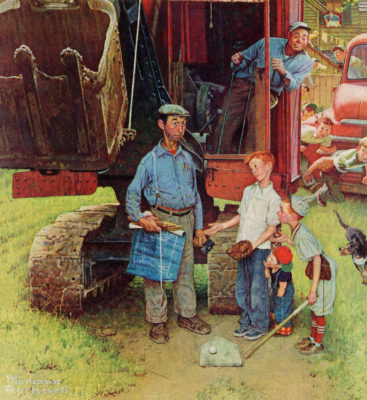
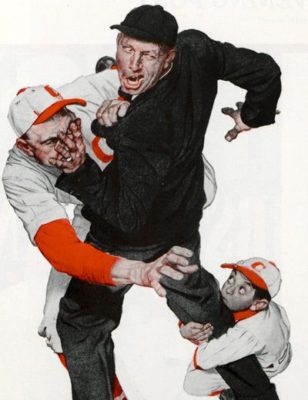
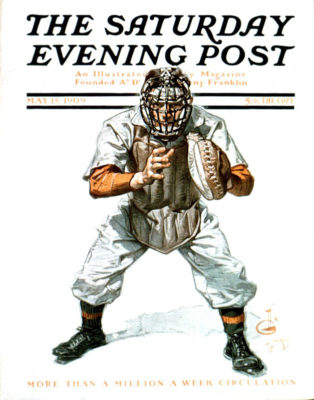
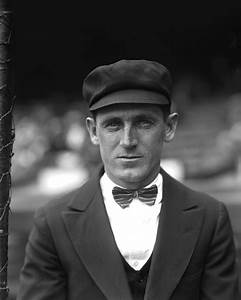
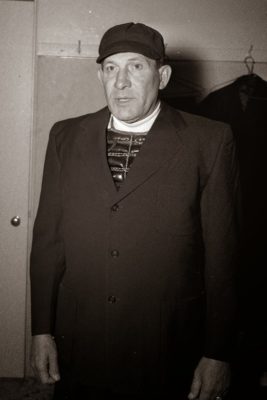
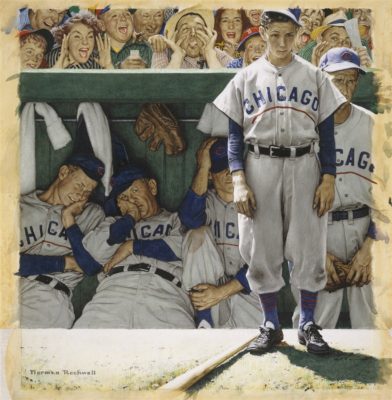
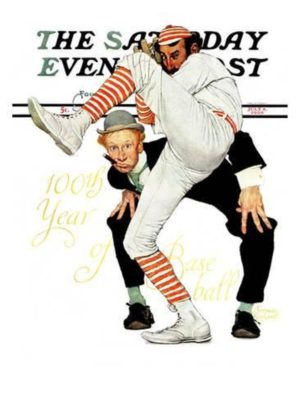
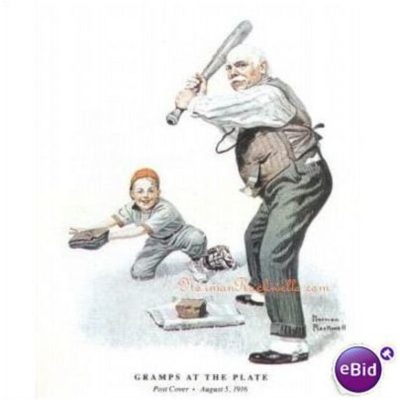
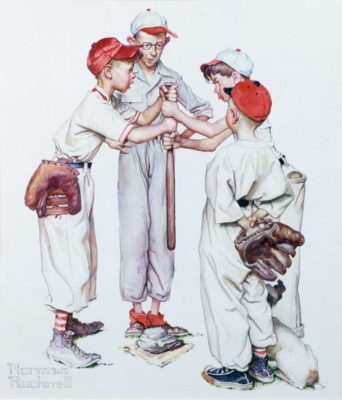
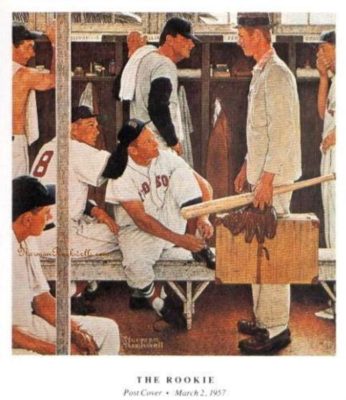
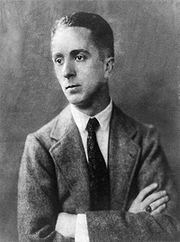
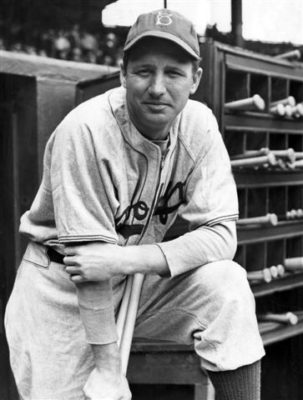
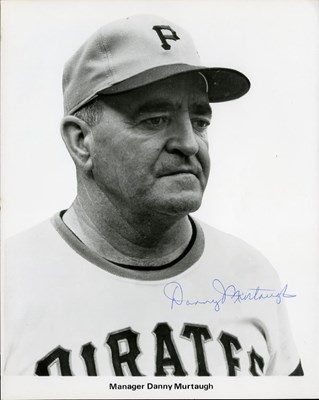
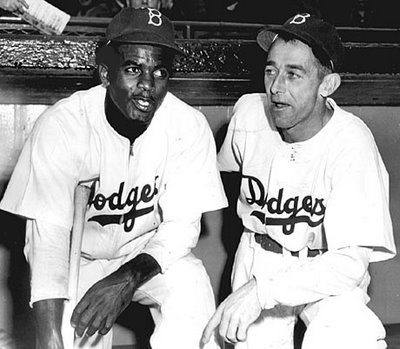
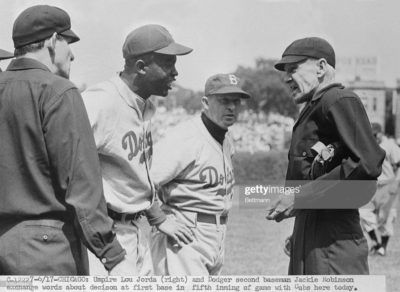
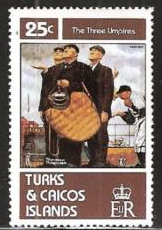

I was lucky enough to receive an autograph from Brooks Robinson during an appearance he made during the World’s Fair in 1964-1965. I was 12 or 13 depending upon the year and he was a very very nice guy. He even smiled when he asked me my favorite team and I told him the Yankees.
The painting was made for an A-T-O ad. A-T-O was the parent company of Rawlings and Adirondack. In the ad you could send $1.00 for an 8 x 12 print or $2.00 for a 25 x 38 poster. Wish I would have done that!
kevin
Nice tribute to “The Human Vacuum”, Gary. You have included some very interesting details about both Robinson and Rockwell. Once again, BHCA fills in the blanks for us. For sure, Robinson was endearing to youngsters and adults alike; a throw-back to one of the original “Pied-Pipers” : of baseball, the irrepressibly flamboyant and playful “Bambino” himself …. Babe Ruth. BHCA has hit another one “outta the park” with this post. { btw, sorry your Cubbies fell short of making it to the post-season dance, Gary. But at least they didn’t lose 101 games….. like some other team I know.}.
Great stuff as usual, Gary.
There is one illustration in your display that is not
a Norman Rockwell. The Baseball Magazine is an
August, 1917 number that was illustrated by Benton Henderson
Clark. While he did a number of cover art for Baseball Magazine
before 1920, Clark was more known for doing Western scenes
a la Frederic Remington.
Thanks Paul…will update.
April 19, 1973- I was visiting my uncle in Washington D.C. who was related by marriage to Dick Howser, then a third base coach for the Yankees. My uncle got tickets for my girlfriend and I from Howser to sit on the rail at thirdbase in Baltimore. A great thrill. In the fifth inning with Bobby Murcer on second base, Bernie Allen hit a very slow grounder to Brooks Robinson that hopped between his legs and went several feet past him. Robinson swore loud enough that we could hear him. Murcer attempted to advance to third, Robinson retrieved the ball and ran toward Murcer but Murcer evaded the tag and made third. The umpire called Murcer out for being out of the base line (he stepped on the infield grass to evade the tag) and all heck broke loose. Murcer went after the umpire and Howser intervened, but you should have heard the yelling, Murcer was hot. Being the third out Robinson just nonchalantly tossed the ball toward the mound and went to the dugout. Yanks won 6-1 behind Fritz Peterson, Jim Palmer gave up 5 runs in 1.2 innings. I had told my girlfriend what a great fielder Robinson was but as I recall that play was his only fielding chance of the game. Thanks Gary, for reminding me of another wonderful moment in my baseball life.
Great info, Kevin, thanks…i always love the personal stuff like this!